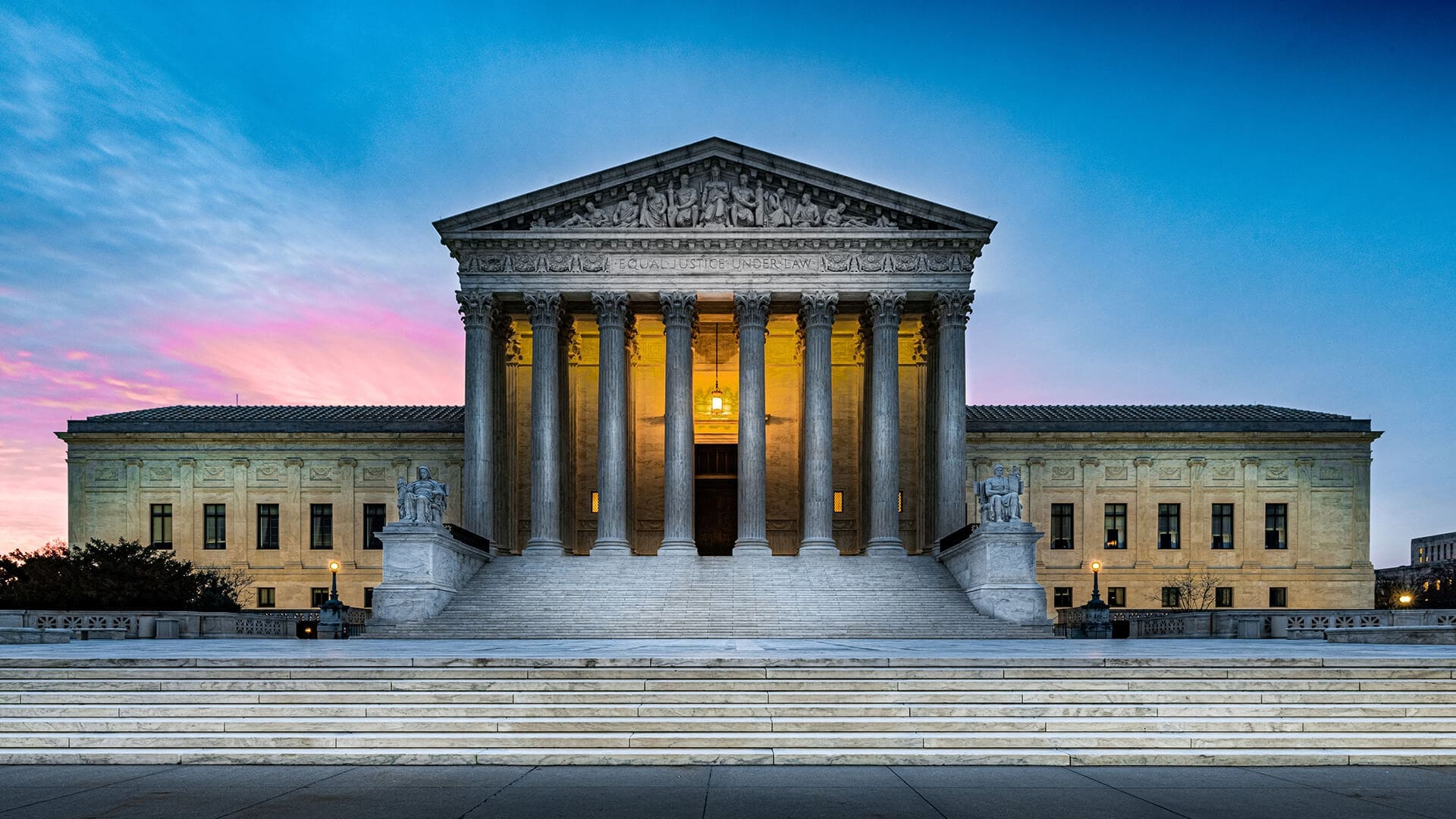
Supreme Court Significantly Curtails Federal Agencies Ability to Interpret Ambiguities In Law
Overview
While most of the media is focused on today’s U.S. Supreme Court (SCOTUS) ruling regarding the Department of Justice’s charges in January 6th, earlier today SCOTUS also published its opinion in the cast of Loper Bright Enterprises, et al. v. Raimondo, Secretary of Commerce, et al. (www.supremecourt.gov/opinions/23pdf/22-451_7m58.pdf) – overruling or clarifying the longstanding legal precedence granting federal agencies with expansive flexibility in its interpretation of federal statute.
As noted in the Syllabus summarizing the Certiorari to the U.S. Court of Appeals for the District of Columbia Circuit—
“The Court granted certiorari in these cases limited to the question whether Chevron U. S. A. Inc. v. Natural Resources Defense Council, Inc., 467 U. S. 837, should be overruled or clarified. Under the Chevron doctrine, courts have sometimes been required to defer to “permissible” agency interpretations of the statutes those agencies administer—even when a reviewing court reads the statute differently. Id., at 843. In each case below, the reviewing courts applied Chevron’s frame[1]work to resolve in favor of the Government challenges by petitioners to a rule promulgated by the National Marine Fisheries Service pursuant to the Magnuson-Stevens Act, 16 U. S. C. §1801 et seq., which incorporates the Administrative Procedure Act (APA), 5 U. S. C. §551 et seq.
Held: The Administrative Procedure Act requires courts to exercise their independent judgment in deciding whether an agency has acted within its statutory authority, and courts may not defer to an agency interpretation of the law simply because a statute is ambiguous; Chevron is overruled.”
In the SCOTUS opinion written by Chief Justice Roberts, the opinion explains—
“Since our decision in Chevron U. S. A. Inc. v. Natural Resources Defense Council, Inc., 467 U. S. 837 (1984), we have sometimes required courts to defer to “permissible” agency interpretations of the statutes those agencies administer— even when a reviewing court reads the statute differently. In these cases, we consider whether that doctrine should be overruled.
Our Chevron doctrine requires courts to use a two-step framework to interpret statutes administered by federal agencies. After determining that a case satisfies the various preconditions we have set for Chevron to apply, a reviewing court must first assess “whether Congress has directly spoken to the precise question at issue.” Id., at 842. If, and only if, congressional intent is “clear,” that is the end of the inquiry. Ibid. But if the court determines that “the statute is silent or ambiguous with respect to the specific issue” at hand, the court must, at Chevron’s second step, defer to the agency’s interpretation if it “is based on a permissible construction of the statute.” Id., at 843. The reviewing courts in each of the cases before us applied Chevron’s framework to resolve in favor of the Government challenges to the same agency rule.
Concluding, “we granted certiorari in both cases, limited to the question whether Chevron should be overruled or clarified.”
In Layman’s Terms
The second step of the process above is the critical change that is the key reversal. In the past, when a law – like the Higher Education Act of 1965, as amended – is silent or ambiguous with respect to a specific issue, the court must, at Chevron’s second step, defer to the agency’s interpretation if it is based on a permissible construction of the statute.
This flexibility has given rise to the ability of past and present Administrations to develop expansive regulations in area where congressional intent is not clear or silent or ambiguous statute provides the ability to make their own decisions (e.g. Gainful Employment, Borrower Defense to Repayment, the 150% Rule).
Today’s SCOTUS ruling argues against providing federal agencies with the latitude previously provided. The court’s decision concludes:
“Chevron is overruled. Courts must exercise their independent judgment in deciding whether an agency has acted within its statutory authority, as the APA requires. Careful attention to the judgment of the Executive Branch may help inform that inquiry. And when a particular statute delegates authority to an agency consistent with constitutional limits, courts must respect the delegation, while ensuring that the agency acts within it. But courts need not and under the APA may not defer to an agency interpretation of the law simply because a statute is ambiguous.”
What’s Next
Today’s SCOTUS decision is likely to call into question regulatory interpretations at multiple federal agencies – including the Department of Education. It also has the potential to impact current litigation filed across the country, in which the Department has used the ambiguity of the HEA to enable them to promulgate regulations which go beyond statutory authority. We shall see where this leads, but this revised legal interpretation certainly changes the dynamics of many regulatory overhangs our community is concerned about.



